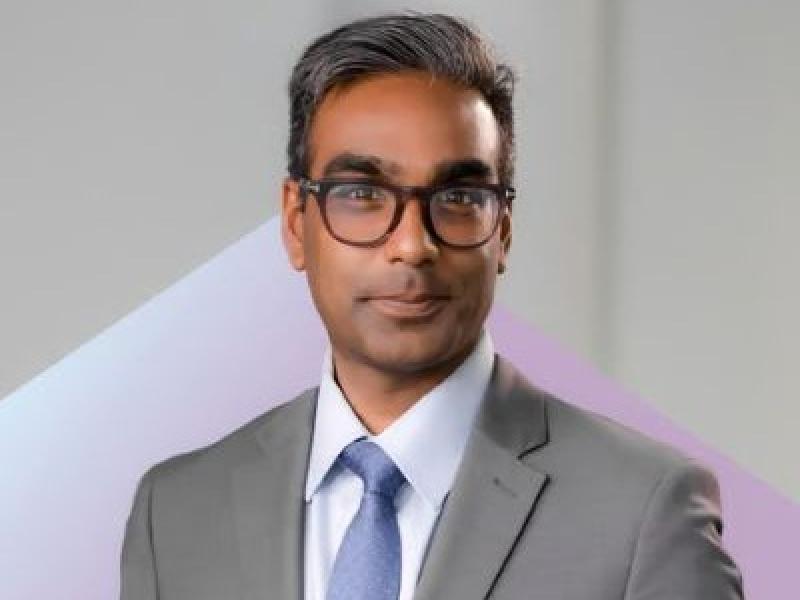
Owning a single-family home is still the dream for most Canadians interested in purchasing housing during the next five years, a Wahi survey reports, despite an increasing focus on multiresidential living to tackle Canada’s housing availability and affordability concerns.
The online poll was commissioned by the Toronto-based real estate tech firm. It surveyed 1,501 Canadian adults and found 64 per cent of respondents prefer a single-family home, with 14 per cent seeking a condo and 13 per cent a townhome.
Regional differences were noted, including respondents from the pricier major metro markets of Vancouver, Toronto and Montreal expressing lower interest in single-family homes; while those from the Prairies and Atlantic Canada maintained higher enthusiasm for the property type.
The findings show a mismatch between the desires of homebuyers and attainable housing, Wahi CEO Benjy Katchen told RENX Homes.
“I think it’s deep-seated. It’s hard to change culture,” he said about the dreams of Canadians who want a single-family home in the suburbs. Such ambition will likely persist unless the housing industry can find a way to provide larger, but more affordable condos for families, he added.
Canadians keep to single-family housing
Canadians are more evenly split on the type of area where they want to acquire housing; suburban living was at 38 per cent, followed by urban housing at 34 per cent and rural at 28 per cent.
A plurality preferred three-bedroom housing (43 per cent). Two-bedroom housing was next at 32 per cent, then four bedrooms at 16 per cent, five-or-more bedrooms at four per cent, and one bedroom at two per cent.
Katchen said it is notable that even with people flocking to the biggest cities, most Canadians still desire a single-family home outside an urban core.
When Wahi broke down the results by geography and demographics, significant differences emerged.
Respondents from B.C. (52 per cent) and Quebec (60 per cent) ranked lower on single-family home interest. Wahi believes it is partially due to the high cost of housing in the major cities in both provinces, which led to shifting expectations. It also notes the vibrant city livestyle in urban cores which can keep people attached, a story similar in Toronto.
Regional housing markets seen as more affordable were less impacted. From the Saskatchewan and Manitoba respondents, 82 per cent said they want a single-family home, ahead of Atlantic Canada (77 per cent), and Alberta (72 per cent).
Nearly 60 per cent from Atlantic Canada sought housing in rural areas. Katchen said this stat was a bit of a surprise and a significant departure from the nationwide average, speculating it is due to the region’s cultural values and that many people already live in smaller cities or communities.
Potential buyers aged 18 to 34 showed the most interest in single-family housing at 67 per cent, with those aged 35 to 54 next at 66 per cent. Older Canadians aged 55 and older had less interest in single-family housing (split about 50-50), as many of these potential home buyers would be looking to downsize.
How changing aspirations could affect Canada
Multiresidential and rental housing has been prioritized in Canada, with federal programs to stimulate construction and add more housing supply to lower costs.
But the mismatch between desire and attainability means more Canadians are adjusting their expectations, Katchen said. Some are moving to different cities to find and afford the housing type they want. Others are considering a semi-detached home or a condo.
The findings did not surprise Phil Soper, president and CEO of Royal LePage, when asked to comment on the survey. Having conducted similar reports, he said those hoping to become home buyers often have housing goals that extend beyond their current expectations.
A Royal LePage survey on Gen Z and young millennials who do not own a home found almost three-fourths see owning a home as a priority, but only 54 per cent see it as achievable.
Housing that's “better, bigger, more attractive townhouses and low-rise developments” will become more desirable in the future, Soper anticipated, because of lower costs and aiding developers in meeting densification mandates by governments.
Zooming out of the housing industry and into socioeconomics, Katchen identified a brewing discontent because young adults cannot afford the single-family types of homes in which many were raised. Resentment is growing, he said, looking at the political climate today where housing is a key issue.
As a result, the aspirational housing of the future may not be the picture of a suburban house, but six- and eight-plexes, large purpose-built rentals and condos, he predicted.
“Those dwellings that are going to be unleashed are not going to be that white-picket fence, three-bedroom house for the most part.”
Addressing this potentially changing demand will mean creating denser, more affordable cities for families. But three-bedroom condos in major cities are uncommon and expensive, Katchen said.
Until developers can “solve the type of housing we have in our cities” to make them more affordable, he is not optimistic the popular suburban single-family home vision will shift.










